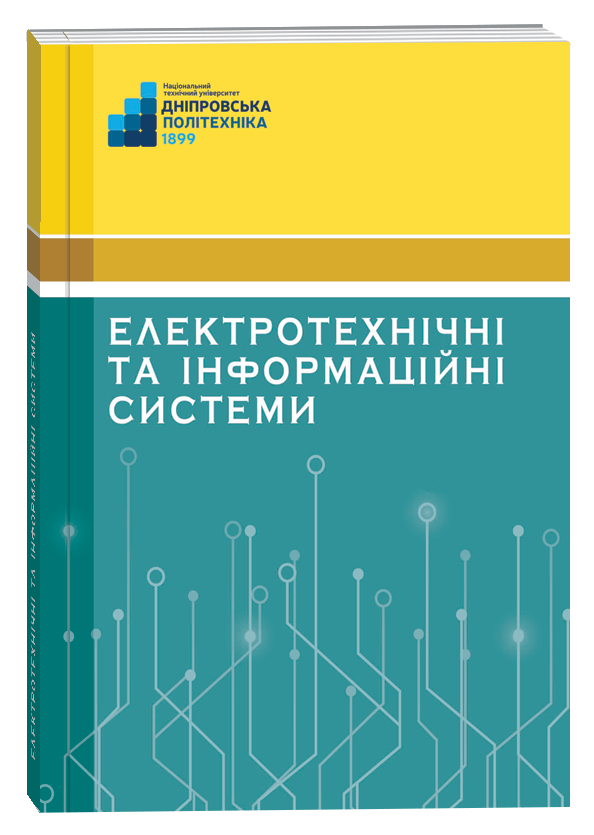ANALYSIS OF UNSTRUCTURED CONTACT CENTER DATA TO SUPPORT DECISION-MAKING
DOI:
https://doi.org/10.32782/EIS/2024-106-14Keywords:
contact center, automatic speech recognition, speech emotion recognition, sentiment analysis, semantic similarity, language modelAbstract
Purpose. To develop a method for analyzing unstructured contact center data that enables the integration and efficient processing of customer inquiries from various communication channels, including both audio and text data. Methods. The study proposes a data processing framework for contact center information systems that can analyze audio (Voice Data) and text (Text Data) formats. The system processes inquiries from multiple channels, such as phone calls, VoIP systems, audio conferencing, and text messages from online chats, messaging apps, and embedded chats. Voice data is converted into text using a Speech-to-Text module for further processing. Emotional tone in conversations is identified and stored using Speech Emotion Recognition and Sentiment Analysis modules. Full-text and emotion sentiment searches are implemented to retrieve data based on keywords or emotions. The Text Classification module allows the creation of classifiers to organize search results according to the generated models. Results. The study found that the average conversation lasted 15 minutes, with 65% of the time involving active speech and 35% being periods of silence. The operator accounted for approximately 60% of the active speaking time, while the customer accounted for 40%. The operator’s average speech rate was 150 words per minute, whereas the customer’s was 130 words per minute. Additionally, there was an average of 8 interruptions per conversation, 5 by the operator and 3 by the customer. These results provide insights into the quality of interactions during calls and adherence to communication standards. Sentiment and emotion analysis of audio and text data revealed that 70% of conversations had a neutral tone, 20% were positive, and 10% were negative. Signs of frustration were observed in 30% of customer speech, while operator speech was emotionally neutral in 80% of cases. Originality. The study introduces a new method for processing unstructured contact center data, enabling the analysis of audio and text formats and integrating inquiries from different communication channels. Speech-totext conversion and emotion analysis modules provide deeper insights into conversation participants’ psychological and emotional states. The augmentation of audio data expands the parameters for analyzing interactions between operators and customers, opening up new opportunities for enhancing the efficiency of contact center business processes and improving customer service. Practicality. The research findings have practical value for companies in the customer service industry, as they offer ways to improve service quality, response time, and overall customer satisfaction. The proposed solutions can be adapted to various contact center information systems, making them versatile for implementation across different organizations.
References
Dogan O. A process-centric performance management in a call center. Appl. Intell. 53, 3304–3317 2023, URL: https://doi.org/10.1007/s10489-022-03740-9
Shah S., Ghomeshi H., Vakaj E. et al. A review of natural language processing in contact centre automation. Pattern Anal Applic, 26, 823–846, 2023, https://doi.org/10.1007/s10044-023-01182-8
Chicu D., del Mar P’amies M., Ryan G., Cross C. Exploring the influence of the human factor on customer satisfaction in call centres. BRQ Business Res Quart, 2019, 22(2): 83–95. URL: https://doi.org/10.1016/j.brq.2018.08.004
Automatic Speech Recognition System-Independent Word Error Rate Estimation Chanho Park, Mingjie Chen, Thomas Hain. URL: https://doi.org/10.48550/arXiv.2404.16743
Benchmarking open source and paid services for speech to text: an analysis of quality and input variety Antonino Ferraro, Antonio Galli, Valerio La Gatta, Marco Postiglione Volume 6 – 2023. https://doi.org/10.3389/fdata.2023.1210559
FastText.zip: Compressing text classification models Armand Joulin, Edouard Grave, Piotr Bojanowski, Matthijs Douze, Hérve Jégou, Tomas Mikolov. URL: https://doi.org/10.48550/arXiv.1612.03651
N. Reimers, I. Gurevych, Sentence-BERT: Sentence Embeddings using Siamese BERT-Networks (2019), Proceedings of the 2019 Conference on Empirical Methods in 2019. URL: https://doi.org/10.48550/arXiv.1908.10084
Towards Probing Contact Center Large Language Models Varun Nathan, Ayush Kumar, Digvijay Ingle, Jithendra Vepa. URL: https://doi.org/10.48550/arXiv.2312.15922





